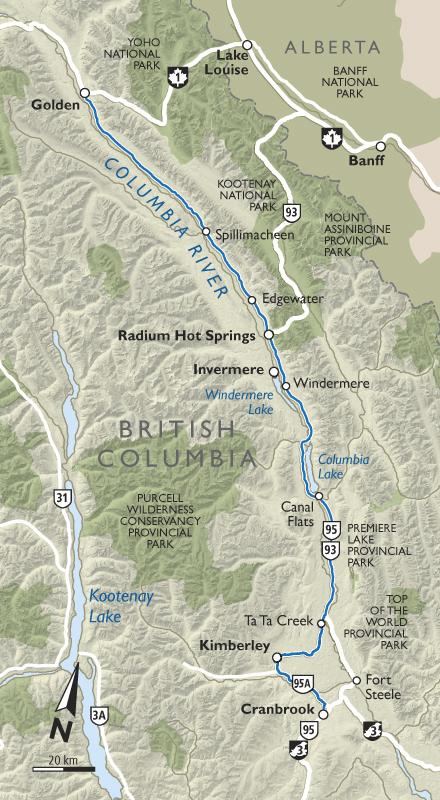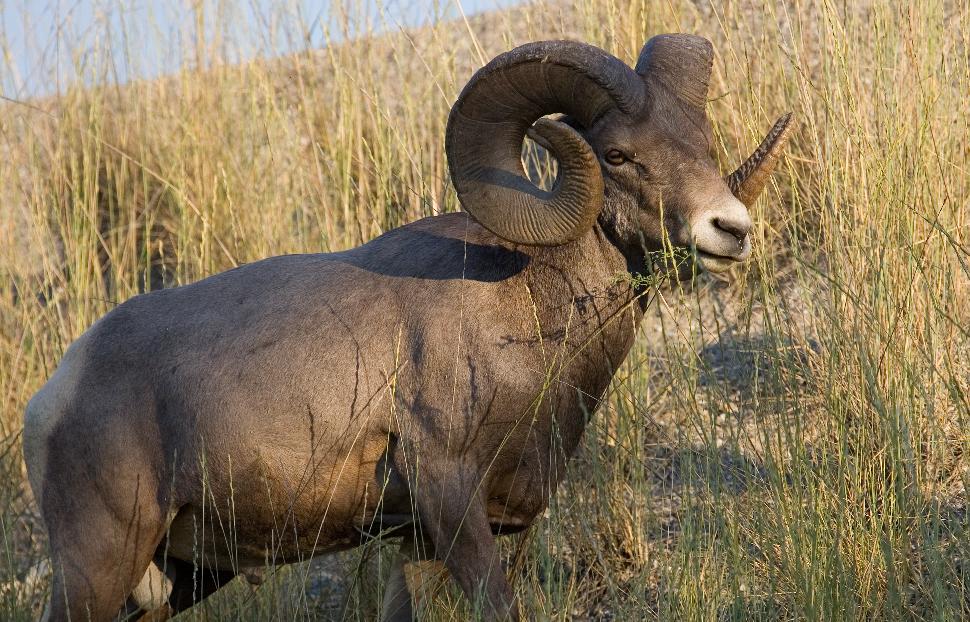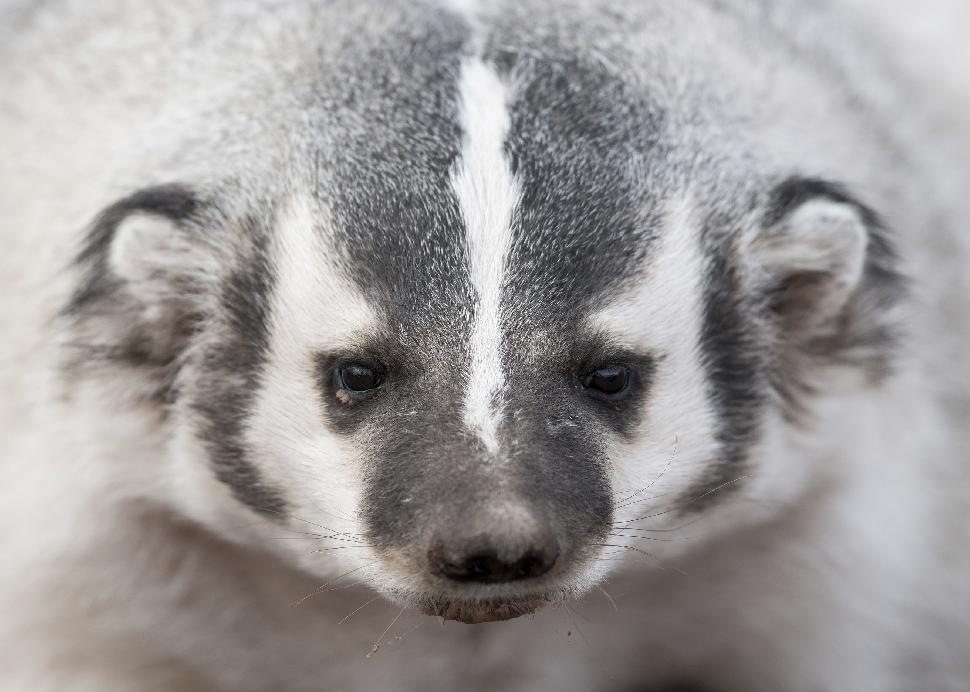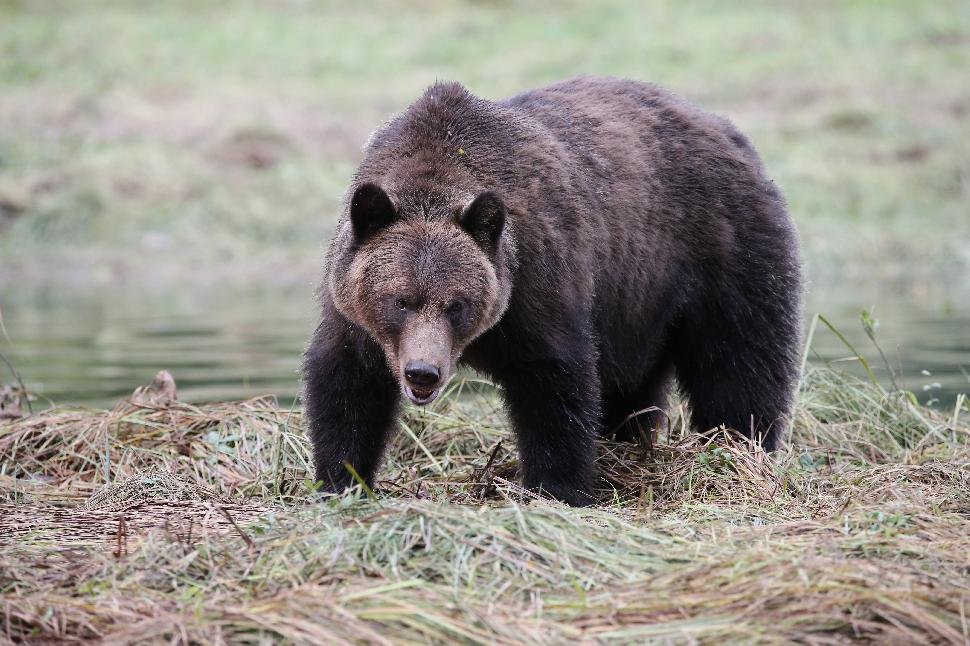Embark on a car-safari through one of British Columbia’s most biodiverse eco-zones.

The trip
Standing on its banks in Invermere, it’s hard to believe the Columbia River has nearly 2,000 kilometres to go before it reaches the Pacific Ocean. Here, near its headwaters in southeastern British Columbia, the river is in no rush. It slithers out of Lake Windermere slow enough that stand-up paddleboarders can chug upstream with little effort. And just downstream, it begins to meander across the flat valley in long switchbacks, dead-end channels and sidetrack marshes.
But while the river pokes along, the life it supports hurries about its business. On an easy canoe from Invermere to nearby Radium, we see plenty. Within a few kilometres we check off bald eagle, osprey, mule deer, mergansers, red-winged blackbirds and a half dozen different types of LBJs, or “little brown jobbies.” This is the catchall for the birds I can’t identify; usually, but not always brown and very common—due to my lack of birding skill. When we pull the canoes over for lunch, we spot bear and elk tracks in the mud. The work of beavers is everywhere.
Despite a major rail line and Highway 95, paralleling the river this is wild country. Biologists consider the 180 kilometres between Columbia Lake and Golden as one of the longest wetlands in North America and vital to migrating birds.
Equally wild and wildlife-filled is the country to the south, east and west. The valley is part of the Rocky Mountain Trench, a hoed line between the Columbia and Rocky Mountain ranges. The peaks rise to more than 3,300 metres, sucking huge snowfalls out of the sky and shadowing the valley below into near desert. National, provincial and regional parks protect a surprising diversity of ecosystems, everything from grasslands to inland rainforest, alpine summits to valley-bottom marshes.

Taken together this is one of the most ecologically diverse and wildlife-rich regions in the province. And in the fall, with birds migrating and wildlife heading for lower elevations, it becomes even more so. Highways and backroads crisscross it all. Bottom line, the Rocky Mountain Trench is well suited to safari by car.
Cranbrook, with an international airport and the hub of the East Kootenays, makes an obvious starting point. The rolling mix of forest and grassland around town harbour perfect winter habitat for elk and deer, often spotted on the country roads cutting through ranch land and farm fields.
This area is also home to the endangered American badger. Only 400 remain in the wild in B.C. One of the better spots to see these animals is at Three Bars Ranch, a guest ranch on the St. Mary’s River near Kimberley. White-tailed deer polka dot the ranch’s pasture nightly and moose, elk and black bear are often seen near dawn and dusk.

The regions’ microclimates transition quickly while continue on Highway 95A toward Kimberley. As the road climbs to the ever-growing mountains, the vegetation quickly changes from grass to lush forest at the Kimberley Nature Park. At 800 hectares on the edge of its namesake town, it’s the largest municipal park in Canada. Its network of hiking and biking trails is home to black bear, moose and a variety of smaller critters and birds.
From here, 95A heads back out of the mountains, drying out again, before meeting up with the main highway for a 200-kilometre run to Golden. Along the way, backroads leap up narrow valleys toward wild places like Top of the World and Premier Lake provincial parks. Both have great sport fishing and Premier is an important wintering range for elk, whitetail and mule deer and bighorn sheep.
To the west, logging roads lead to the Purcell Wilderness Conservancy, a vast, wild and remote alpine wilderness. Wildlife, including grizzly bears, is abundant in the park, but it’s an expedition just getting there.

Things get easier further north. Around the towns of Radium and Golden, bighorn sheep and mule deer make roadside attractions, even right in town, and grizzly bear and wolf sightings are almost a sure thing. Boo, the grizzly bear, lives in an eight-hectare enclosure at the base of Kicking Horse Mountain Resort, near Golden. And at the Northern Lights Wildlife Wolf Centre, just north of town, anyone can walk with wolves (for a fee).
Their wild cousins aren’t far away, either. The nearby national parks of Yoho and Kootenay are home to several wolf-packs and plenty of other animals in their vast and rarely trampled backcountry. The parks’ wildlife is most commonly spotted from the highway, like we do after finishing our canoe.
We hop in the car and head to Kootenay National Park. From Radium, the road grinds up through an arid valley, lined with sheep tracks. Like a magic portal, a red rock canyon delivers us into a verdant valley. We continue to climb towards the Alberta border beneath glacial capped peaks before we finally hit the continental divide. Along the way we spot black bear, white-tailed deer, mountain goats and bighorn sheep, all without getting out of the car. I lose count of the LBJs within five minutes.
Travel information
Distance: 250 kilometres between Cranbrook and Golden, plus another 100 kilometres or more for detours.
Duration: Two days to a week.
Resources: tourismgolden.com; cranbrooktourism.ca; northernlightswildlife.com; kickinghorseresort.com

